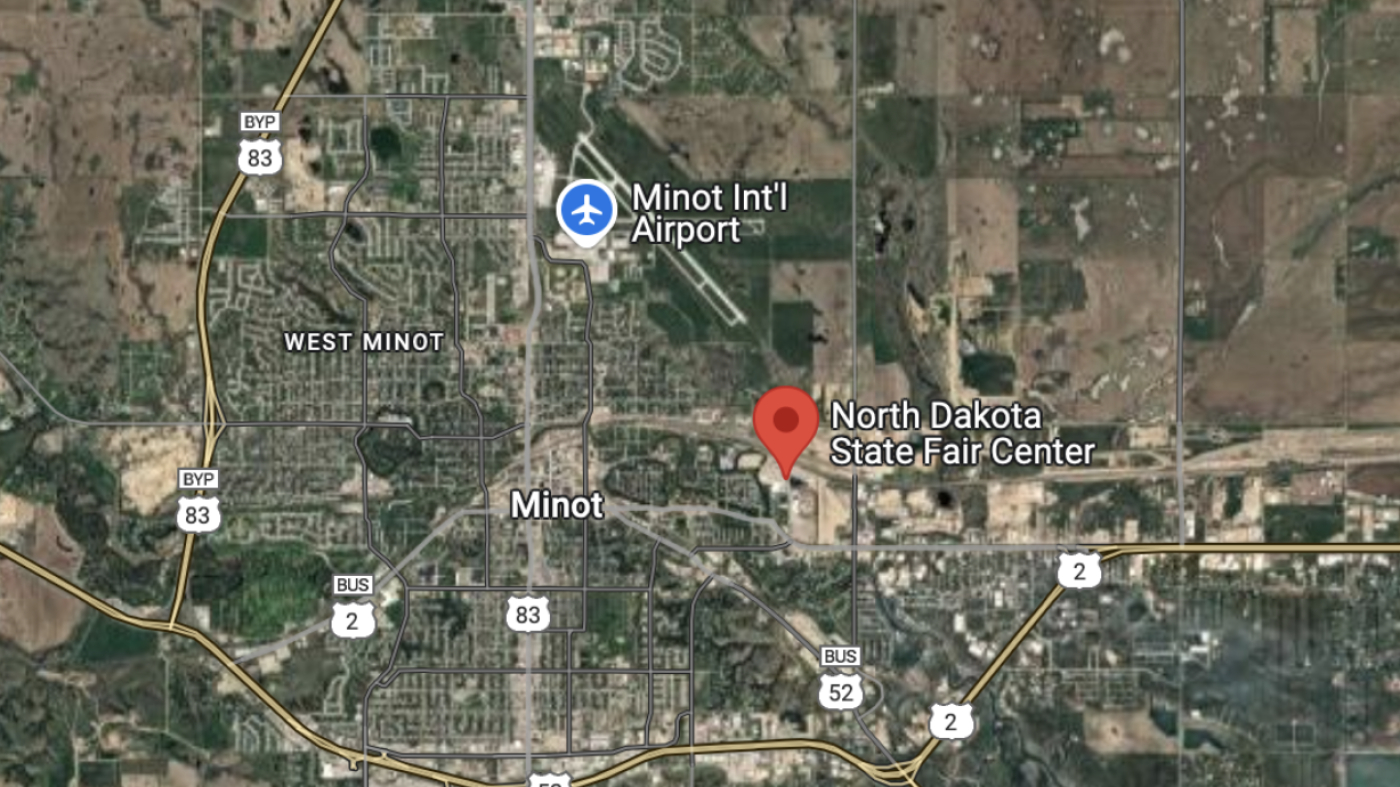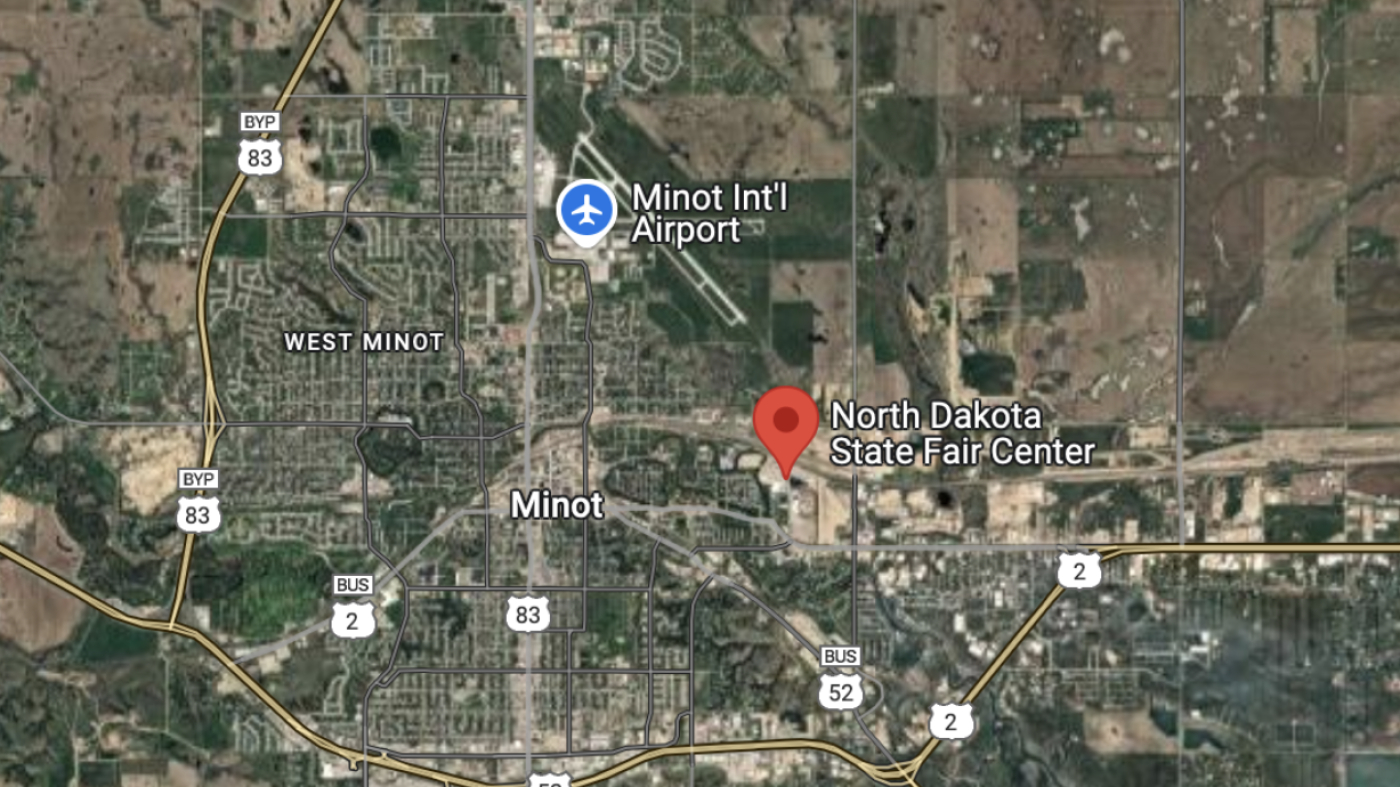The Critical Importance of Air Traffic Control and Aviation Safety
Introduction
Aviation safety is a complex interplay of technology, human expertise, and rigorous protocols. The recent near-collision between a Delta Connection flight and a B-52 bomber serves as a stark reminder of the potential dangers lurking in our skies. This incident, while averted, underscores the critical importance of air traffic control, communication protocols, and the human factor in ensuring the safety of air travel.
The Incident Unfolds
On a seemingly routine Friday afternoon, SkyWest Flight 3788, operating as a Delta Connection flight from Minneapolis to Minot, North Dakota, experienced a harrowing near-miss. As the Embraer E175LR aircraft approached Minot International Airport, the flight crew spotted a large military aircraft—a B-52 Stratofortress bomber—seemingly in their flight path. The pilot, cleared for approach by the tower, was forced to execute what he described as an “aggressive maneuver” or “go-around” to avoid a potential mid-air collision.
Passengers on board reported a sudden, unexpected jolt, followed by a sharp turn that threw them against their seats. Panic simmered as they wondered what was happening. The pilot’s quick thinking and decisive action undoubtedly averted a disaster, but the incident raises critical questions about air traffic control and the coordination between civilian and military aviation.
A Pilot’s Perspective
Accounts from passengers and the pilot himself paint a vivid picture of the incident. One passenger shared a social media post featuring an image of a B-52 flying over the state fair in Minot, highlighting the proximity of military and civilian air traffic in the area. The pilot, in an audio recording captured by a passenger, expressed surprise, stating that “nobody told us about it” and that the B-52 was “kind of, sort of coming at us.”
The pilot’s reaction underscores the importance of clear communication and advanced notice in aviation. The fact that the commercial flight crew was not informed about the B-52’s presence raises questions about the effectiveness of current communication protocols. It also highlights the need for better coordination between civilian and military aviation, especially in areas where military bases are located near civilian airports.
The B-52’s Role and the Question of Coordination
The presence of a B-52 bomber near a civilian airport raises several crucial questions. Was the bomber operating on a pre-determined flight path? Was the Delta flight aware of this path? Why wasn’t the commercial flight crew given advanced notice of the military aircraft’s position?
Minot Air Force Base, home to the 5th Bomb Wing and a significant number of B-52 bombers, is located near the airport, making such encounters statistically more likely. However, this proximity necessitates heightened coordination and communication protocols. The incident suggests that current protocols may not be sufficient to prevent near-misses, especially in areas with high military and civilian air traffic.
FAA Investigation and Safety Protocols
The Federal Aviation Administration (FAA) has launched an investigation into the incident. This investigation will likely focus on air traffic control procedures, communication protocols between civilian and military aviation, and the circumstances surrounding the B-52’s flight path. The FAA’s findings will be critical in determining whether existing safety measures are adequate and whether improvements are necessary to prevent future near-collisions.
Established protocols dictate clear communication and coordination between air traffic control, civilian aircraft, and military operations. This includes sharing flight plans, providing timely alerts about potential conflicts, and ensuring adequate separation between aircraft. A breakdown in any of these areas could have catastrophic consequences.
Beyond the Immediate Incident: Systemic Considerations
The near-collision highlights broader issues surrounding air traffic management and the increasing complexity of airspace. With growing air traffic volume, the integration of drones, and the ongoing presence of military operations, maintaining safety requires constant vigilance and innovation.
Investments in advanced air traffic control technologies, improved communication systems, and enhanced training for air traffic controllers and pilots are crucial. Furthermore, fostering a culture of transparency and open communication between all stakeholders—civilian airlines, military aviation, and air traffic control—is essential for identifying and mitigating potential risks.
The Human Factor: Pilot Skill and Decision-Making
While systemic factors play a vital role in aviation safety, the human element remains paramount. The Delta Connection pilot’s quick thinking, decisive action, and skillful execution of the “go-around” maneuver were instrumental in averting a potential disaster.
This incident underscores the importance of rigorous pilot training, ongoing proficiency checks, and the ability to maintain composure under pressure. Pilots are the last line of defense in ensuring the safety of passengers and crew, and their expertise is invaluable in navigating unforeseen challenges.
A Wake-Up Call for Aviation Safety
The near-collision between the Delta Connection flight and the B-52 bomber serves as a stark reminder of the inherent risks involved in air travel and the constant need for vigilance. While air travel remains remarkably safe, this incident underscores the importance of continuous improvement in air traffic management, communication protocols, and pilot training.
The FAA’s investigation and any subsequent recommendations should be implemented swiftly and thoroughly to ensure that the skies remain safe for all. This event should not be seen as an isolated incident, but rather as an opportunity to learn, adapt, and strengthen the aviation safety net. Only through proactive measures and a commitment to excellence can we prevent future near-misses and safeguard the lives of those who travel by air.
A Sobering Reflection
The story of SkyWest Flight 3788 is more than just a news item; it’s a narrative of averted disaster, highlighting both the potential dangers lurking in our skies and the remarkable skill and dedication of the professionals who work tirelessly to keep us safe. It compels us to appreciate the intricate systems and human expertise that underpin modern aviation and to demand unwavering commitment to safety from all involved.
Let this close call serve as a catalyst for continuous improvement, ensuring that the next time a pilot sees a B-52 “coming at us,” everyone involved is fully prepared and coordinated to prevent a near miss. The skies are a shared space, and the safety of all who traverse them depends on our collective vigilance and commitment to excellence.








